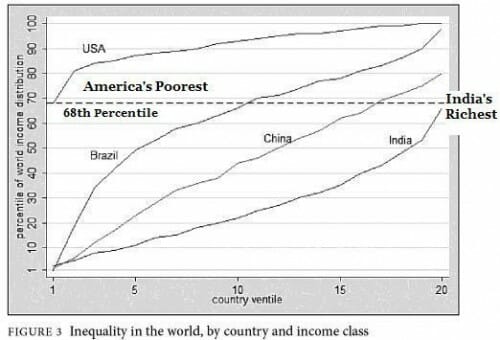Let me offer up a definition of sustainability that I think most environmentalists and progressives would accept:
We are acting in a sustainable manner if we are achieving our goals in a way that does not hamper the ability of other people in the world, or of future generations, to achieve their goals.
Most environmentalists and progressives would call light rail lines in US cities a "sustainable" technology because of its notional impact on fuel use and CO2 output (yeah, I know, but we are not going to address those assumptions today).
Let me present one fact, from Federal Transit Administration's 2009 survey of public transit authorities, whose data is linked in various ways here. Or you can download the summary spreadsheet here. For all US light rail systems in total:
User fares paid per passenger-mile: $0.18
Total cost per passenger-mile: $2.22
Taxpayer subsidy per passenger-mile: $2.04
Since I live in Phoenix and the Phoenix light rail system seems to get particular praise as a "success" from light rail supporters, here are the Phoenix light rail numbers;
User fares paid per passenger-mile: $0.07
Total cost per passenger-mile: $3.89
Taxpayer subsidy per passenger-mile: $3.82
So there, folks, is your sustainable technology. As I have written before about sustainability, "I do not think that word means what you think it means."
Nationwide, non-users of light rail pay for 92% of its costs. In Phoenix, non-users pay for 98% of the costs. Taking the Phoenix system as an example, resources are drained from literally millions of people so that 17,000 or so people can ride it round trip each day. Using resources from millions of people, and building up debts that will last into the next generation, to support the transit of just a few people, seems to be the antithesis of sustainability.
If there is any common denominator among progressives, it is that they have little respect for how individuals spend their money. So they might be unmoved by the loss of resources from so many. So lets just look narrowly at transit, which I presume the do care about.
Before Valley Metro operated a light rail system in Phoenix, they also operated a bus transit system. This system still requires a subsidy, but it is much lower than the light rail subsidy. In 2009, the bus subsidy was $0.74 per passenger-mile. This means that for the same amount of taxpayer funds, Valley Metro can provide 1.0 passenger-mile by train or 5.2 by bus ($3.82/$0.74). I can guarantee that cities building light rail are not having their budgets quintupled. So the result is that, as light rail gets built, total transit ridership falls in most cities as rail costs crowd out existing bus services.
Update: Most light rail articles in our local papers, which have been mindless boosters of the system, generally consist of asking riders if they like the system, who inevitably answer "yes!" This is somehow a proof the system is great. Well, duh. I too am likely to be happy with a service where I only pay 2% of the costs.
Update #2: Last year, there were about 3.2 trillion passenger miles driven by urban drivers in cars in the US. My point about light rail is that we can barely afford it for just a few people, given that we spent $1.3 billion to build a rail line for about 17,000 daily round trip riders in Phoenix. If it were truly a sustainable technology, it could be applied to all commuters. But at a national average taxpayer subsidy per light rail passenger mile of about $2, this means that to roll light rail out to everyone would cost $6.4 trillion a year, almost half our annual GDP. If it required the subsidy rates we have in Phoenix per passenger-mile, such a system would cost over $12 trillion year. In fact, the numbers would likely be even higher in reality, because light rail in most cities is almost certainly built on the highest populated corridors with the most bang for the buck (though some of the diminishing returns would be offset by network effects).
